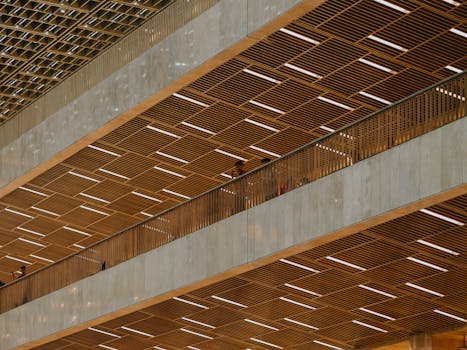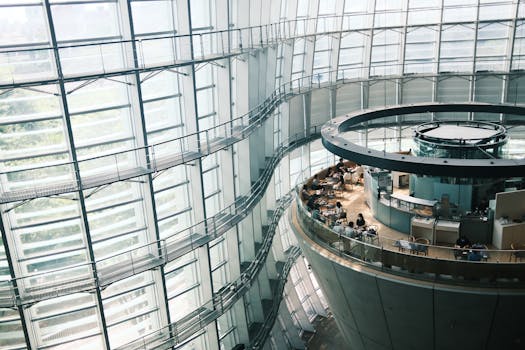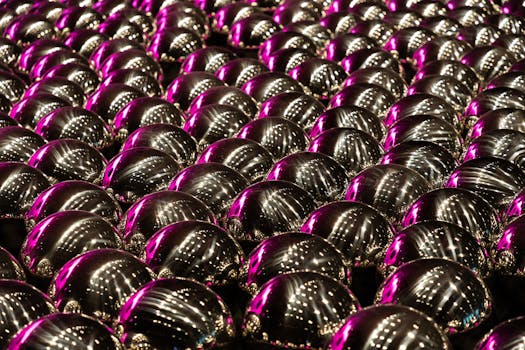The Essence of Modern Architecture

Modern architecture, emerging in the late 19th and early 20th centuries, revolutionized how we think about buildings. marked by a shift from ornamental designs to minimalist aesthetics, this style emphasizes clear lines, open spaces, and a connection with the surrounding environment. Forms like villas, skyscrapers, and museums underscore a significant reinvention of architecture during this transformative period.
Key Characteristics

Modern architecture is defined by several key characteristics:
- Simplicity: A focus on functionality that often leads to clean lines and flat spaces.
- Open Spaces: Use of open floor plans to create free movement and foster a seamless flow between indoor and outdoor environments.
- Fine Materials: Incorporating concrete, glass, and steel, ensuring a minimalist industrial aesthetic.
- Natural Light: Maximizing windows and skylights for bright, inviting interiors.
- Environmental Considerations: Creating spaces that enhance environmental sustainability by using innovative construction methods and recycled materials.
Prominent Modern Architecture Styles

Several styles embody modern architecture, each with its own distinguishing traits:
Bauhaus
Originating from Germany, the Bauhaus movement integrates functionality and art. Its designers believed in combining craft with mass production.
Minimalism
Minimalism embodies simplicity, eschewing unnecessary forms and decorations to emphasize essential structures.
Brutalism
Recognized for raw, exposed materials, each structure embraces form over decoration, making a bold statement.
Influential Modern Architects

Several architects are instrumental in shaping modern design, including:
Frank Lloyd Wright
Known for his organic architectural philosophy, Wright promoted designs that harmonized with nature. His famous creations include the Prairie Houses.
Le Corbusier
A pioneer of modern architecture, he advocated the “functional city” concept, characterized by multi-unit housing and balancing individual and corporate living.
Zaha Hadid
A feminist powerhouse in architecture, Hadid used smooth, towering lines and innovative spaces to symbolize the fluidity and movement of life.
The Future: Sustainability in Modern Design

Todays architects are revisiting the modernist principles as they evolve rapidly towards creating sustainable structures. Energy-efficient designs are not purely about aesthetics but incorporate food production, energy sources, and bio-climatic solutions. Incorporating renewable energy sources into design practices makes modern architecture not just contemporary in appearance but sets a precedent for ecological responsibility as well.






